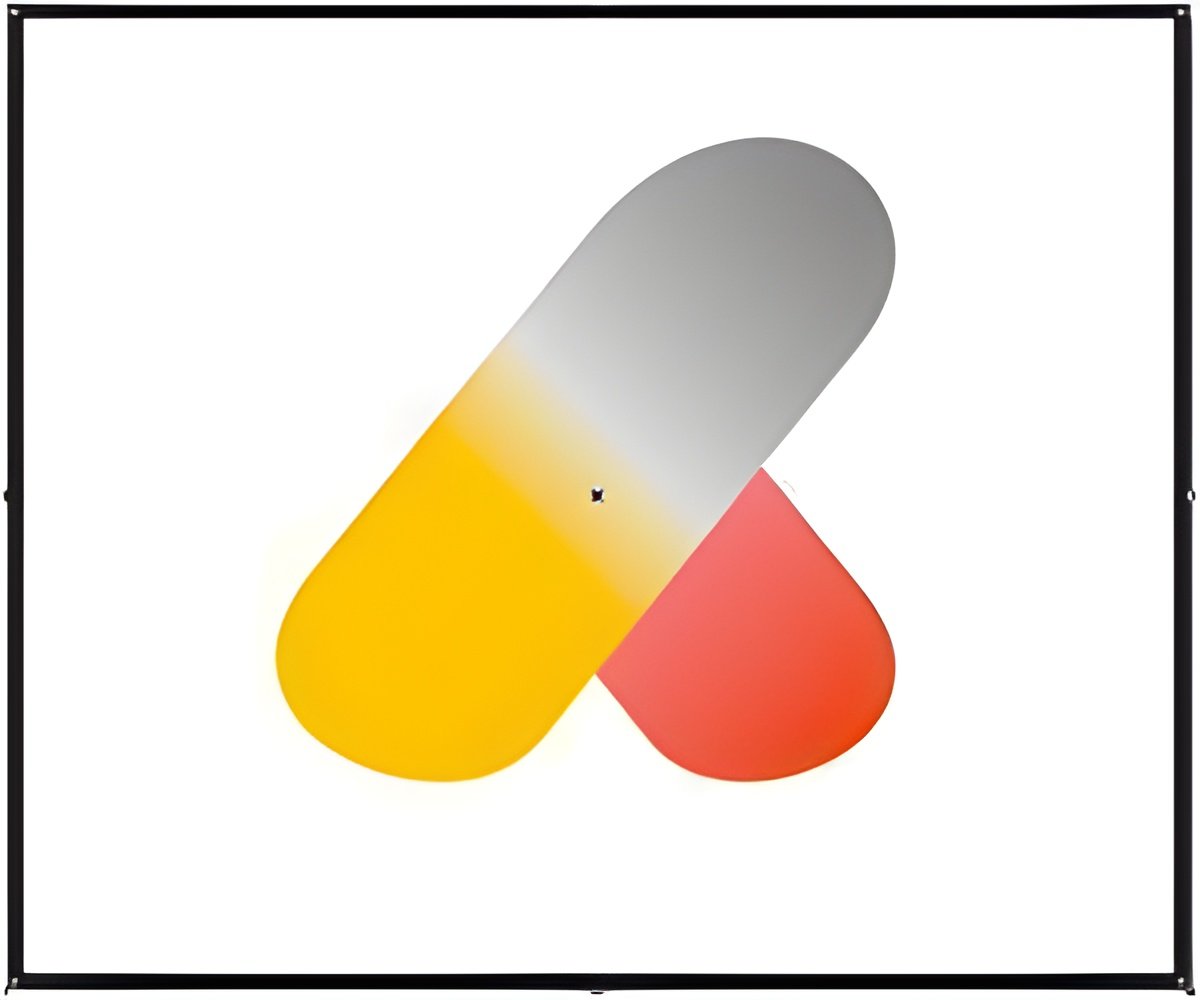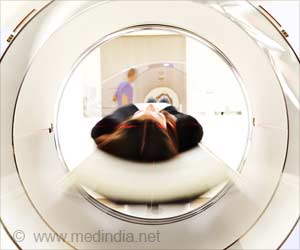Graphene is known for its potential uses in electronics, energy storage and energy generation and is now moving towards being used in medicine and human health.

With graphene droplets now easy to produce, researchers say this opens up possibilities for its use in drug delivery and disease detection.
The findings, published in the journal ChemComm, build on existing knowledge about graphene. One of the thinnest and strongest materials known to man, graphene is a 2D sheet of carbon just one atom thick. With a 'honeycomb' structure the 'wonder material' is 100 times stronger than steel, highly conductive and flexible.
Dr Mainak Majumder from the Faculty of Engineering said because graphene droplets change their structure in response to the presence of an external magnetic field, it could be used for controlled drug release applications.
"Drug delivery systems tend to use magnetic particles which are very effective but they can't always be used because these particles can be toxic in certain physiological conditions," Dr Majumder said.
"In contrast, graphene doesn't contain any magnetic properties. This combined with the fact that we have proved it can be changed into liquid crystal simply and cheaply, strengthens the prospect that it may one day be used for a new kind of drug delivery system."
Advertisement
First author of the paper, Ms Rachel Tkacz from the Faculty of Engineering, said the surprise discovery happened during routine tests.
Advertisement
"Now we know that graphene-based assemblies can spontaneously change shape under certain conditions, we can apply this knowledge to see if it changes when exposed to toxins, potentially paving the way for new methods of disease detection as well."
Commonly used by jewelers, the team used an advanced version of a polarised light microscope based at the Marine Biological Laboratory, USA, to detect minute changes to grapheme.
Dr Majumder said collaborating with researchers internationally and accessing some of the most sophisticated equipment in the world, was instrumental to the breakthrough discovery.
"We used microscopes similar to the ones jewelers use to see the clarity of precious gems. The only difference is the ones we used are much more precise due to a sophisticated system of hardware and software. This provides us with crucial information about the organisation of graphene sheets, enabling us to recognize these unique structures," Dr Majumder said.
Dr Majumder and his team are working with graphite industry partner, Strategic Energy Resources Ltd and an expert in polarized light imaging, Dr. Rudolf Oldenbourg from the Marine Biological Laboratory, USA, to explore how this work can be translated and commercialized.
The research was made possible by an ARC Linkage grant awarded to Strategic Energy Resources Ltd and Monash University and was the first linkage grant for graphene research in Australia.
"We are so pleased to be associated with Dr Majumder's team at Monash university. The progress they have made with our joint project has been astonishing," he said.
Source-Eurekalert










